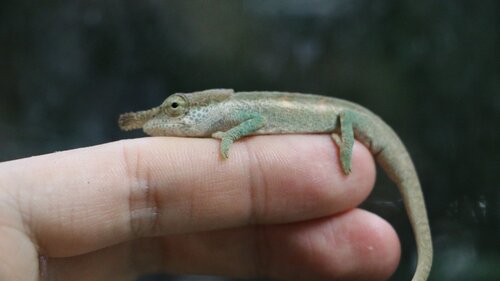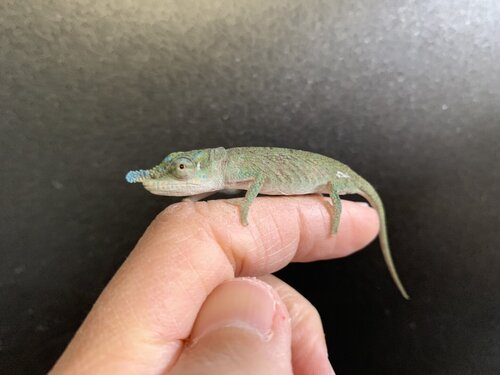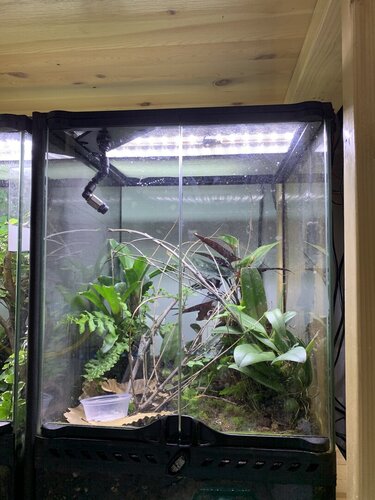skoram
Established Member
A local reptile shop has these for sale and I am considering purchasing either one male or a pair. If I purchase I plan to keep them in 18x12x12 or 18x18x18 Exo Terra glass terrariums with lots of plants in a bioactive setup.
From what *very* little information I have gathered online, they are primarily found in the rainforests of northern Madagascar and thus require a bit more humidity and cooler nighttime temperatures than Furcifer pardalis. The shop owner said they have been thriving since he imported them about 3 months ago. Below is a photo of one male he sent me.

Does anyone have thoughts or more information about this species?
From what *very* little information I have gathered online, they are primarily found in the rainforests of northern Madagascar and thus require a bit more humidity and cooler nighttime temperatures than Furcifer pardalis. The shop owner said they have been thriving since he imported them about 3 months ago. Below is a photo of one male he sent me.

Does anyone have thoughts or more information about this species?





